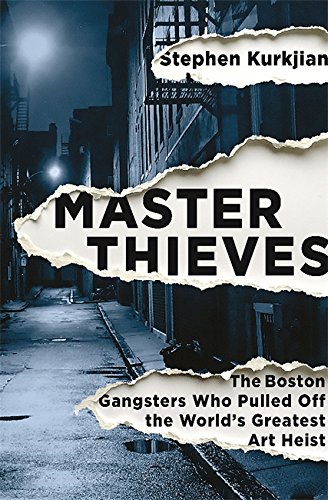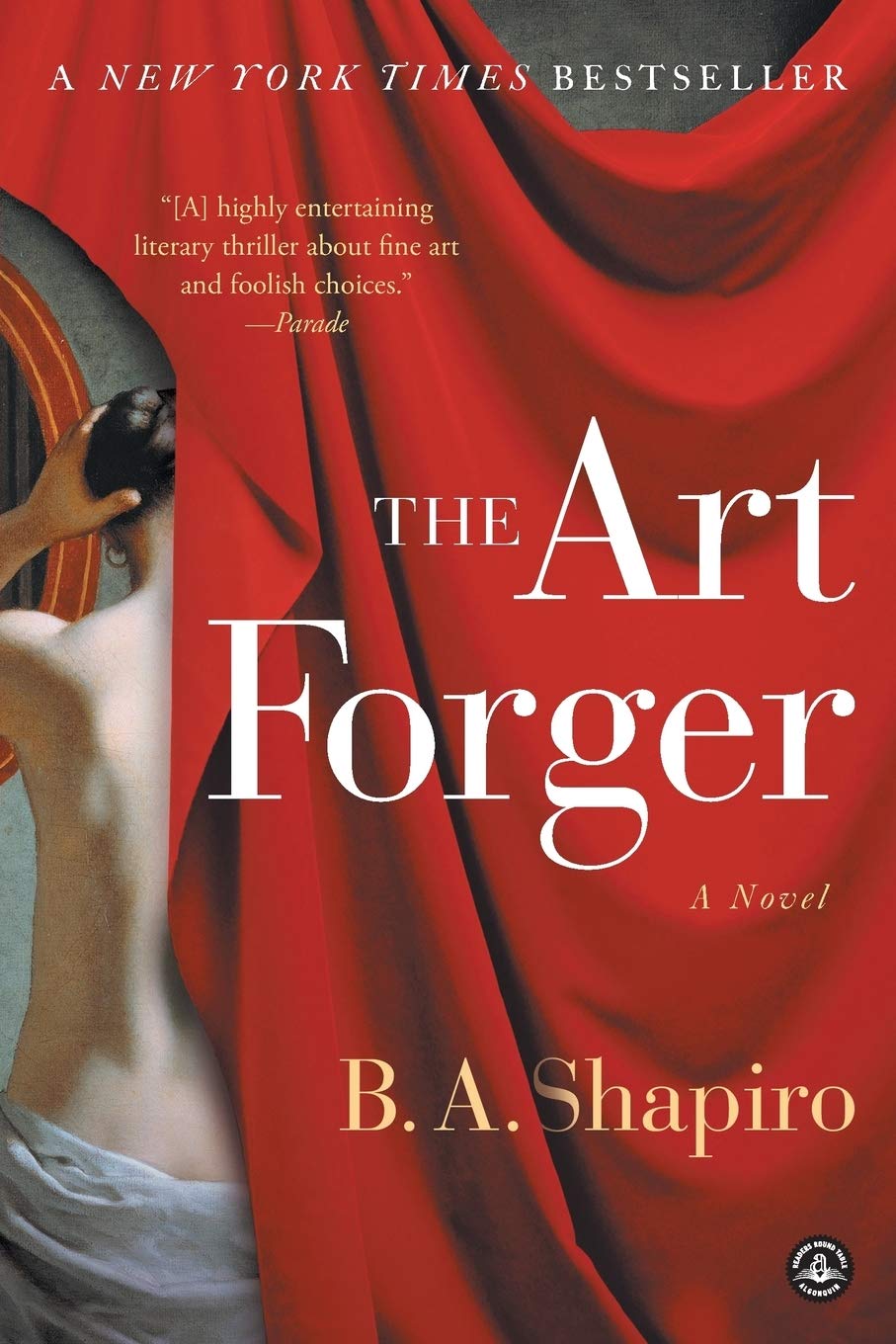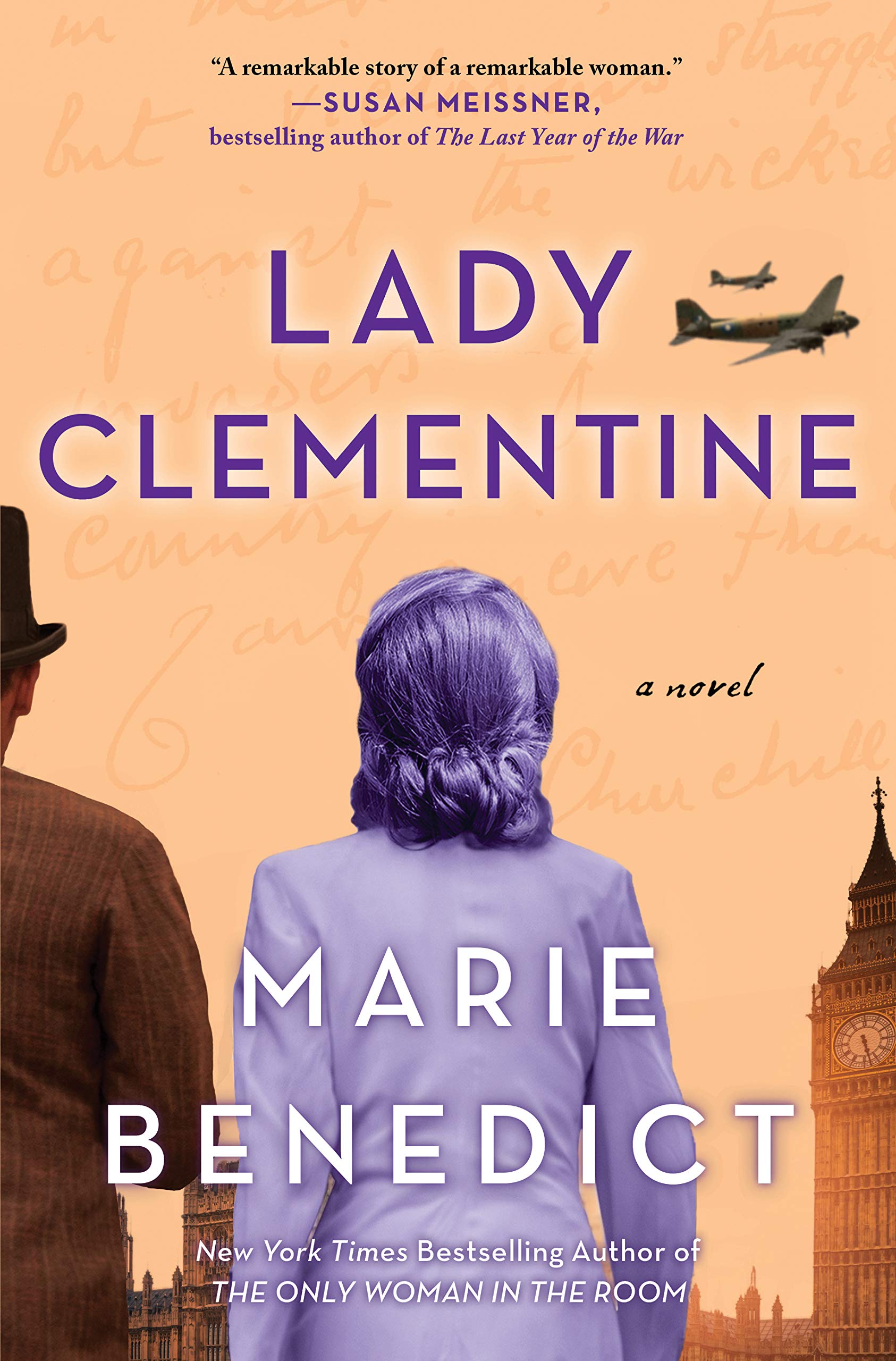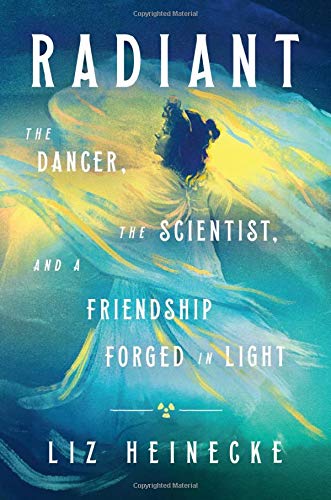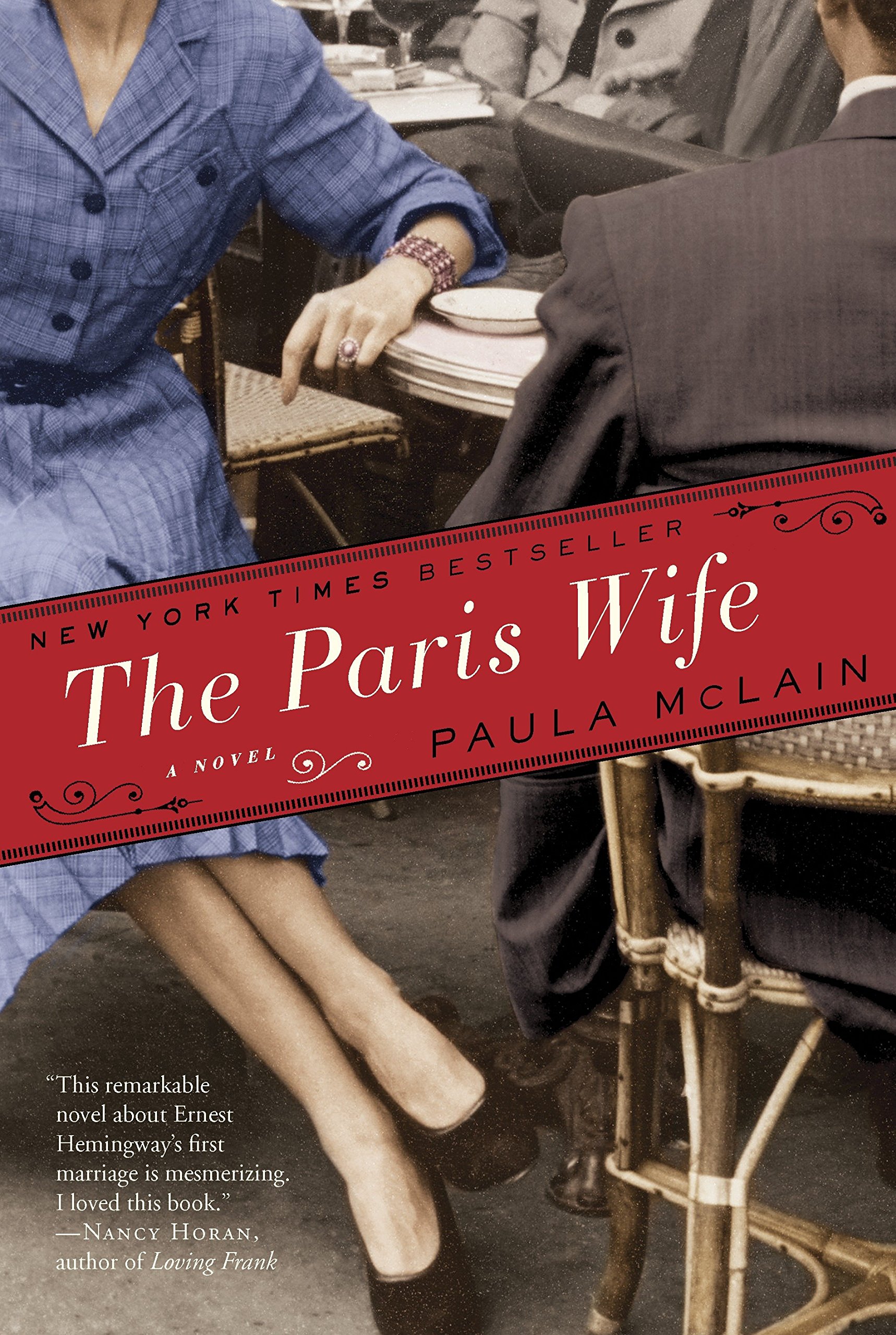Cher Ami and Major Whittlesey by Kathleen Rooney
Toward the end of World War I, a group of soldiers led by Major Charles Whittlesey found themselves not only surrounded by the enemy but strafed by friendly fire. Among their company was a homing pigeon named Cher Ami. After several failed attempts by other pigeons to get a message back behind the lines, Cher Ami flew through enemy fire, and was seriously wounded, but managed to get her life saving message to headquarters. Whittlesey’s unit quickly became famous, known as the Lost Battalion, although they were neither a battalion nor lost. What makes this book remarkable isn’t the facts, but the voices that Kathleen Rooney gives to both Major Whittlesey and Cher Ami as they tell their story in alternating chapters. Cher Ami is a bird with attitude and a certain world-weary realism, combined with a determination to get the message through and to get home. Major Whittlesey carries both the weight of his responsibility for his troops and the loss of his carefully maintained privacy heavily on his shoulders. When he and Cher Ami become heroes, literally paraded for all to see, the unwanted fame leads to tragedy for both pigeon and commander. Cher Ami and Major Whittlesey will make you laugh even as it breaks your heart.
Mrs. Chippy’s Last Expedition: The Remarkable Journal of Shackleton’s Polar-Bound Cat by Caroline Alexander.
The story of Ernest Shackleton’s 1914 expedition to Antarctica aboard the Endurance is a familiar one, told by Caroline Alexander in her non-fiction book, Endurance. In this slim volume, Alexander returns to the subject of the Endurance, but tells the story from the point of view of Mrs. Chippy, the ship’s cat. Mrs. Chippy’s official job was to keep the ship free of rodents, but as he tells us with great pride and professionalism, he also looks after his mates and generally keeps spirits up. Chippy records his observations in his own ship’s log, giving us a cat’s eye view of what that long confinement on the ship and on the ice must have been like, for the crew, for the many sled dogs who accompanied them and for Mrs. Chippy himself. Never sentimental or sweet, thanks to a crisp, seaworthy tone, Mrs. Chippy’s Last Expedition is a thoroughly original retelling of one of the great adventure stories of the 20th century.
-Marilyn
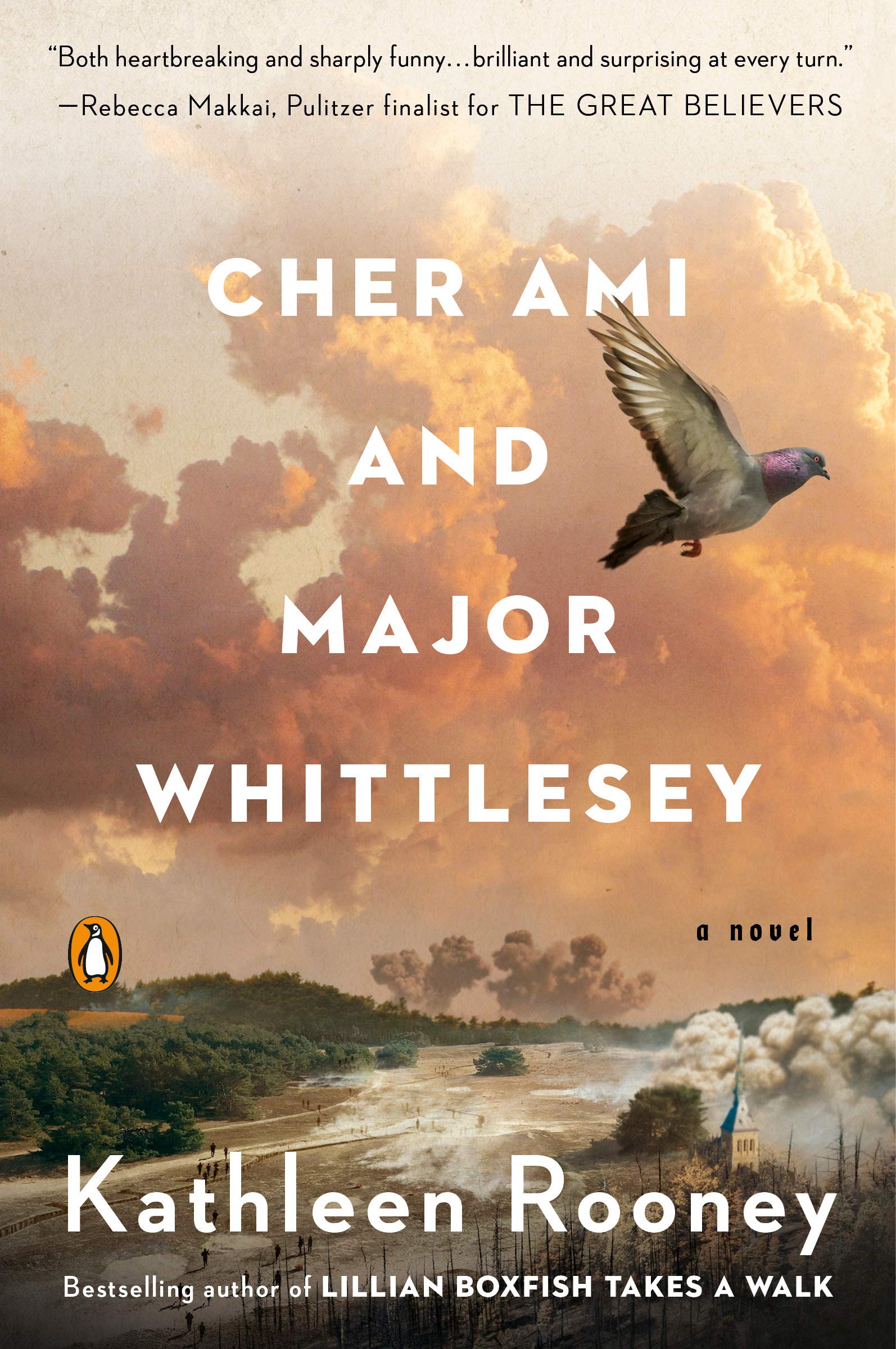
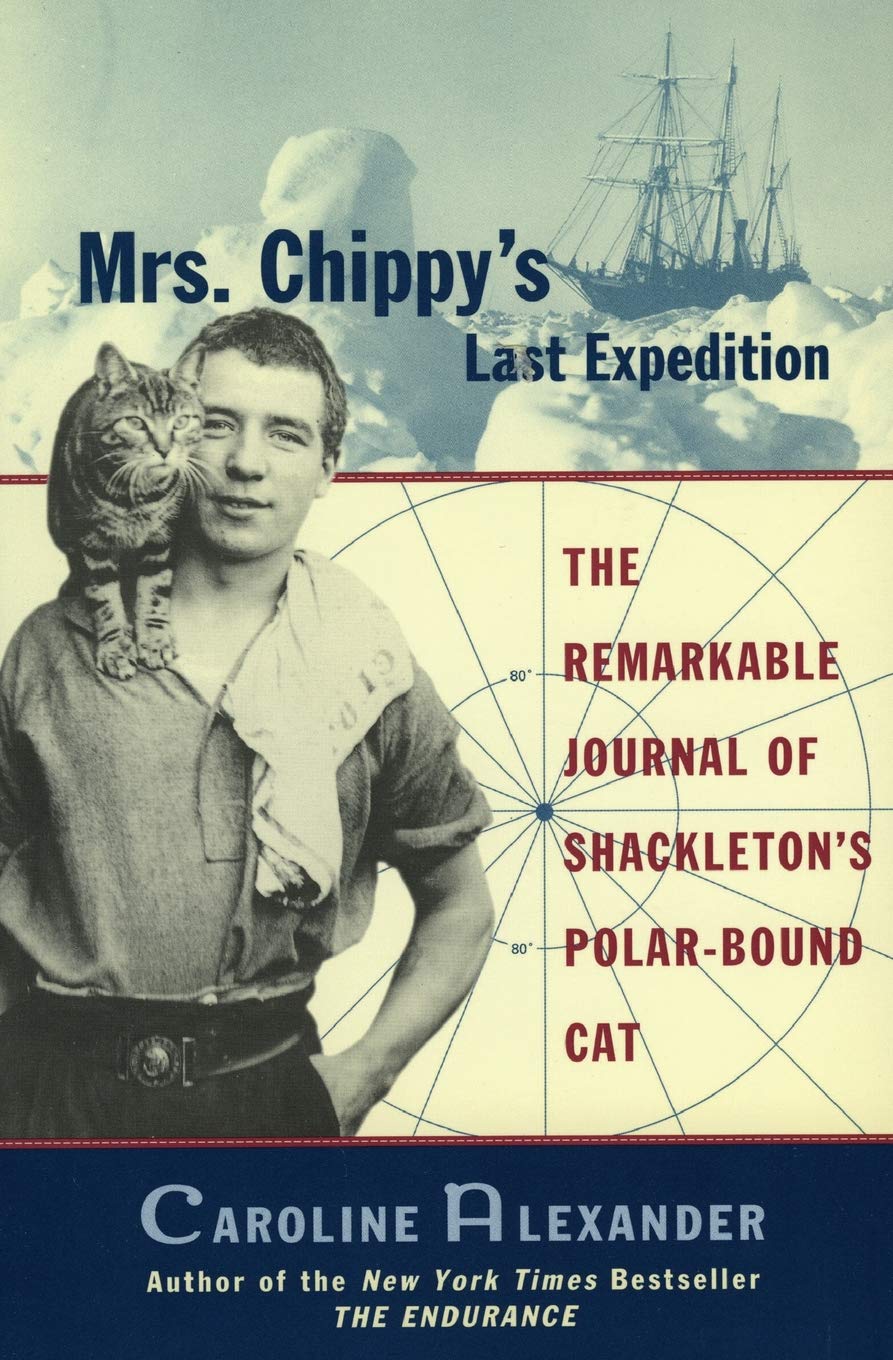

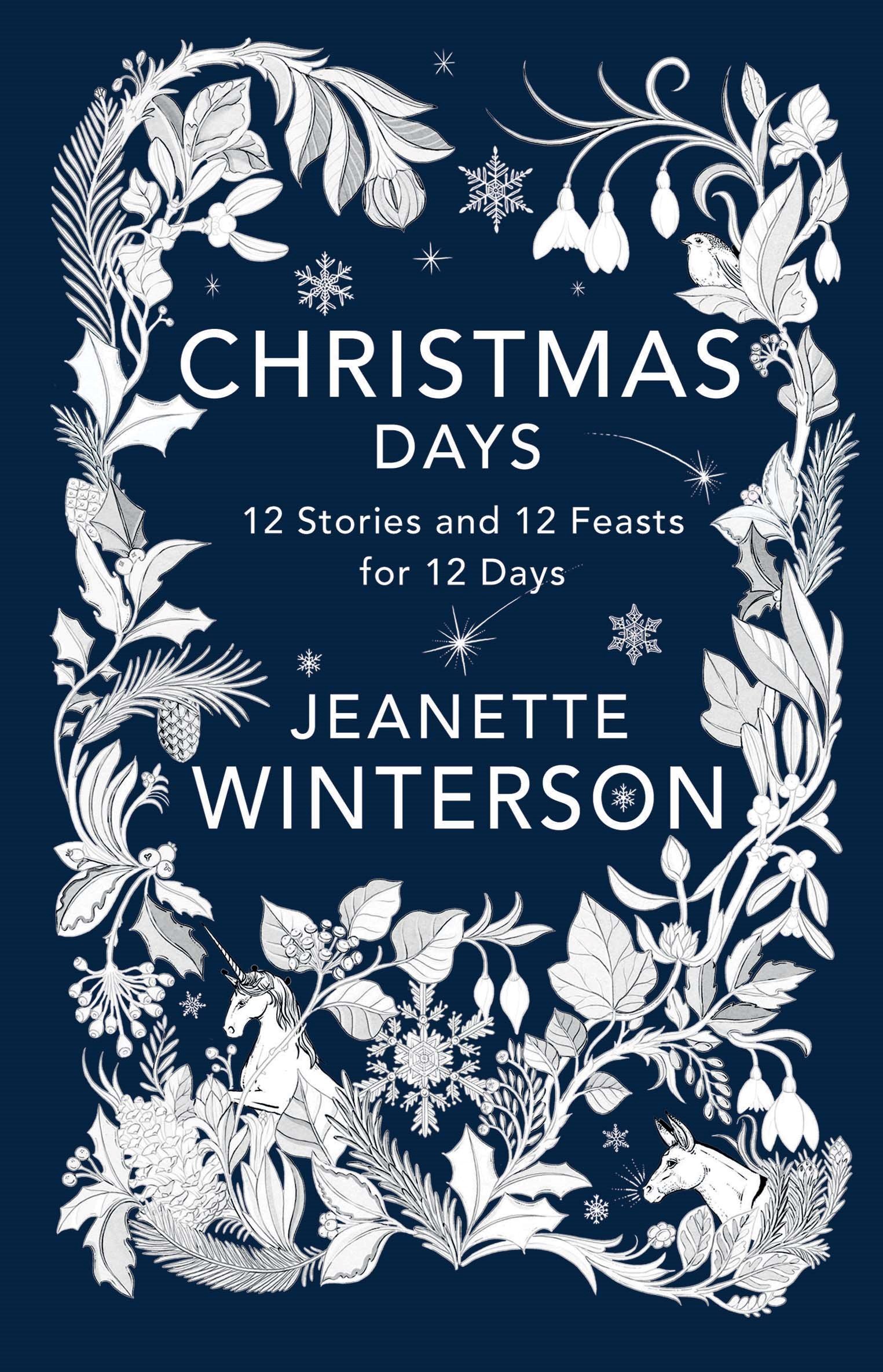
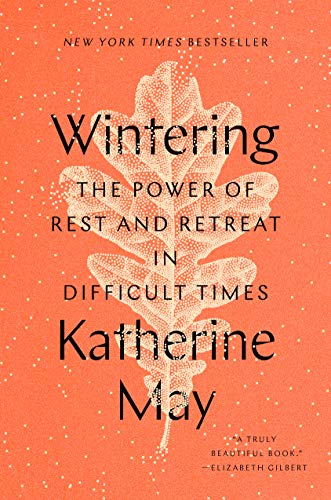






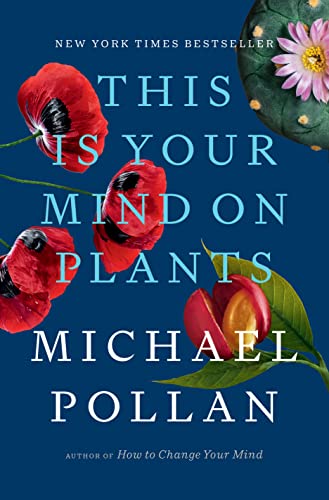








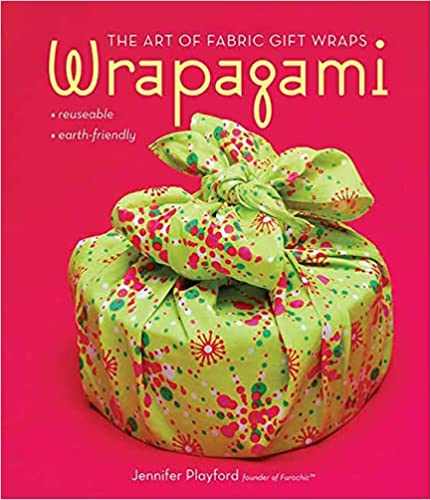

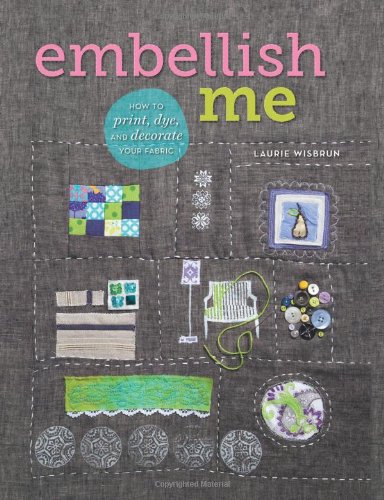





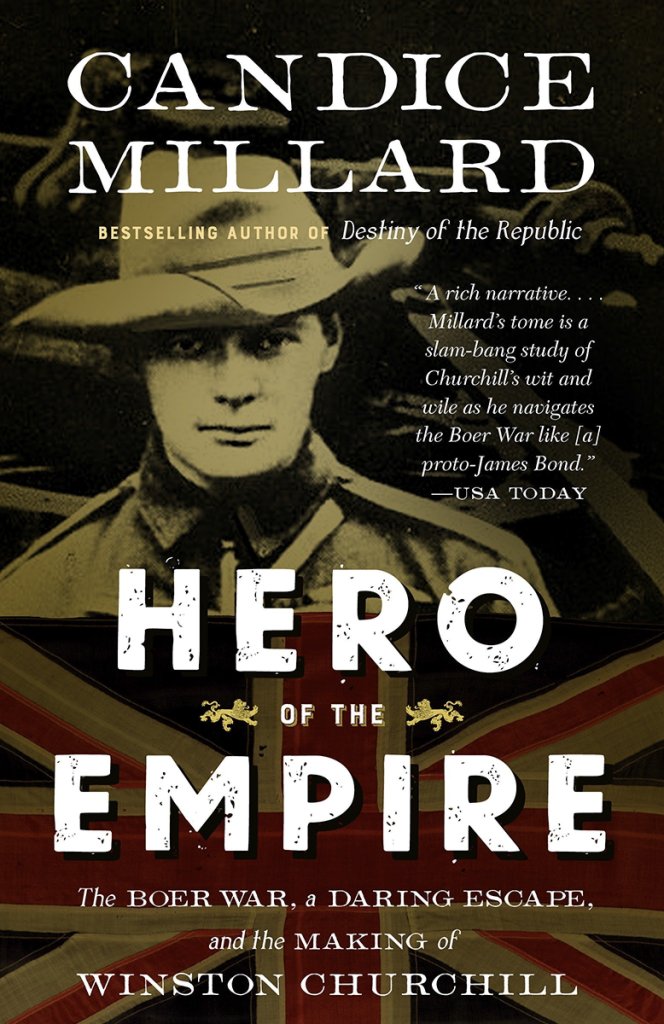




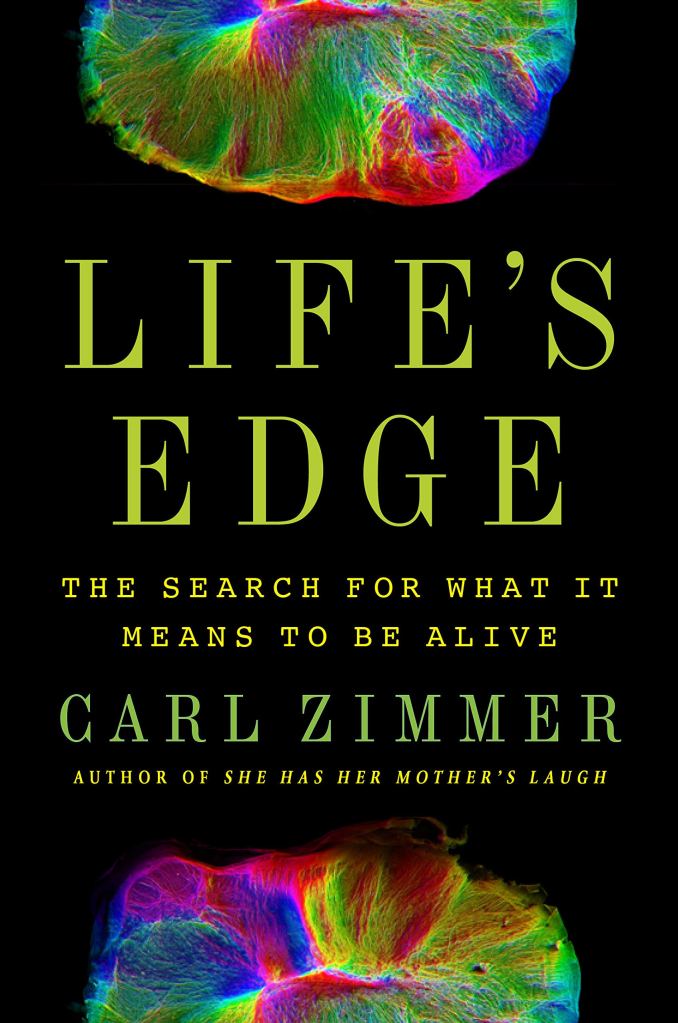
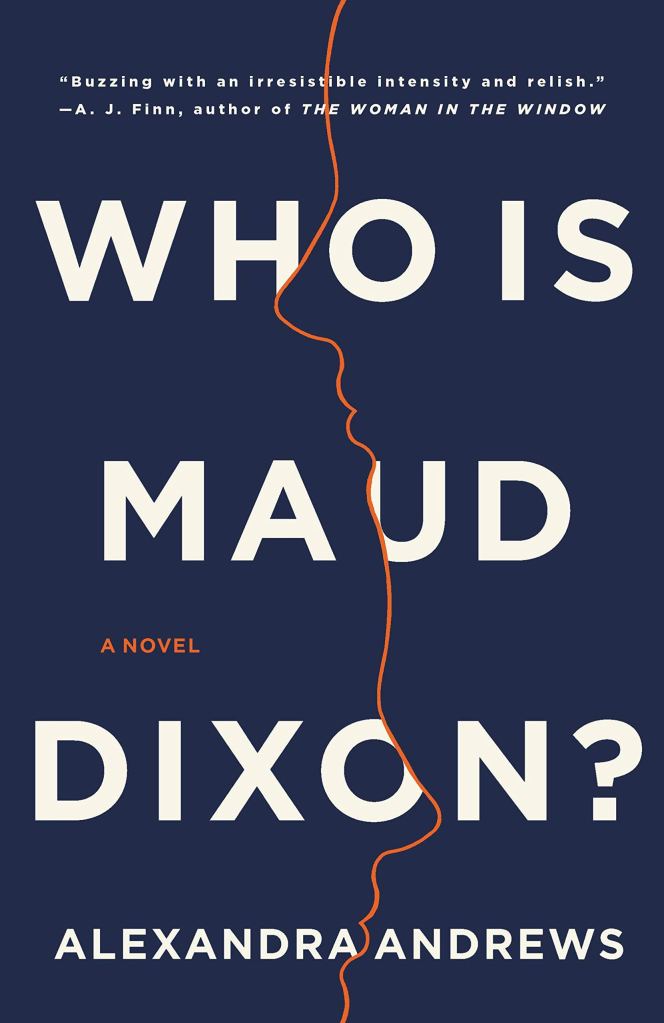








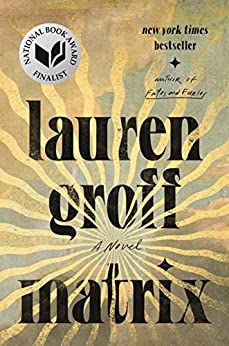
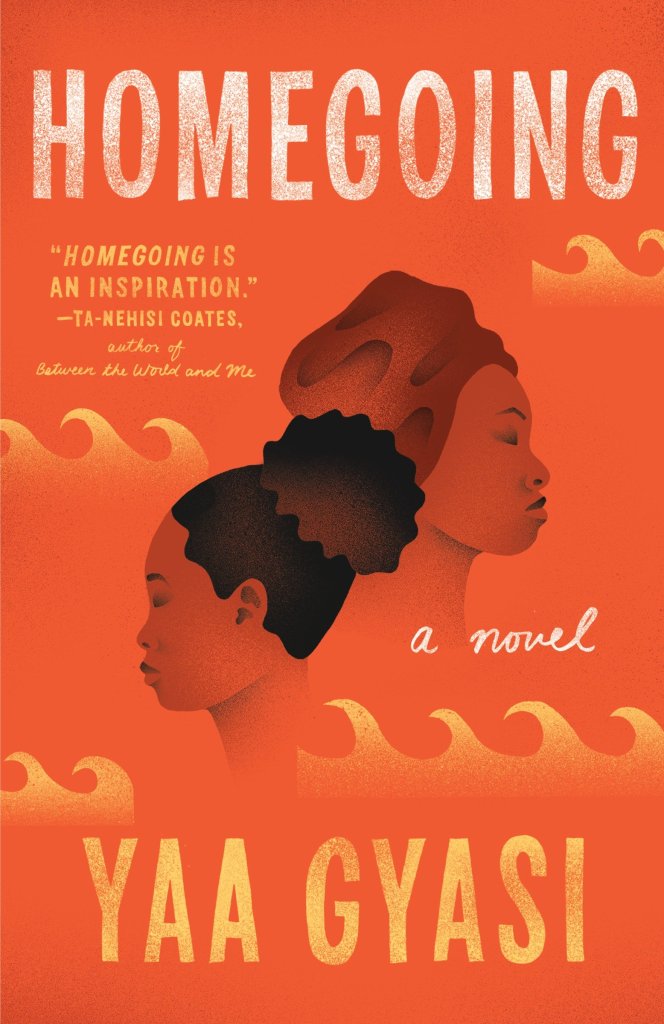


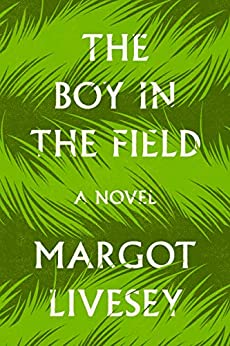





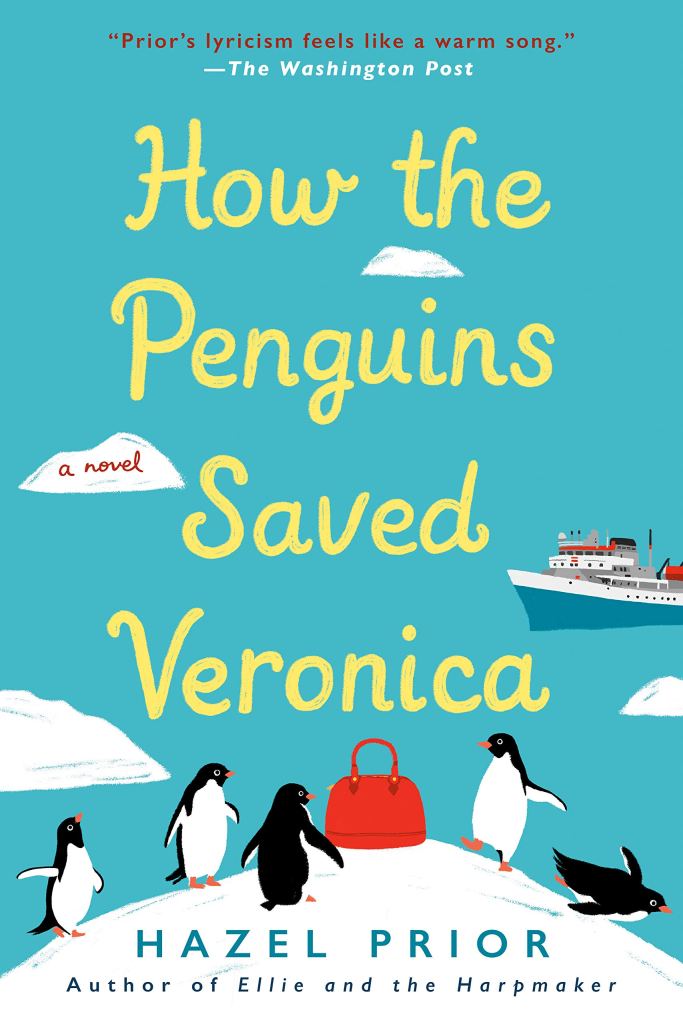




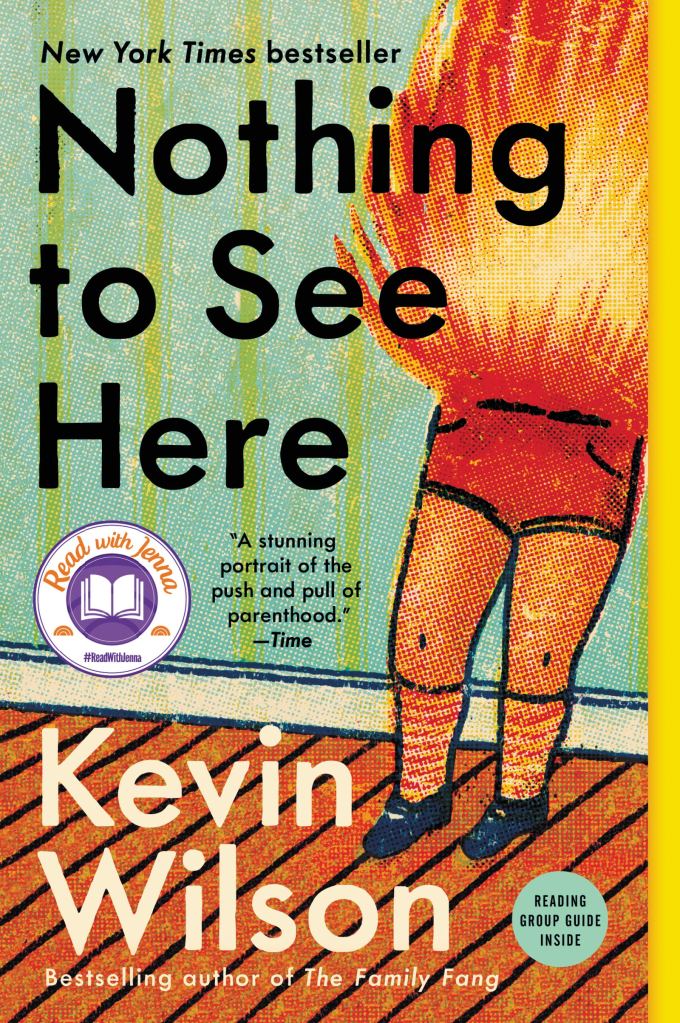




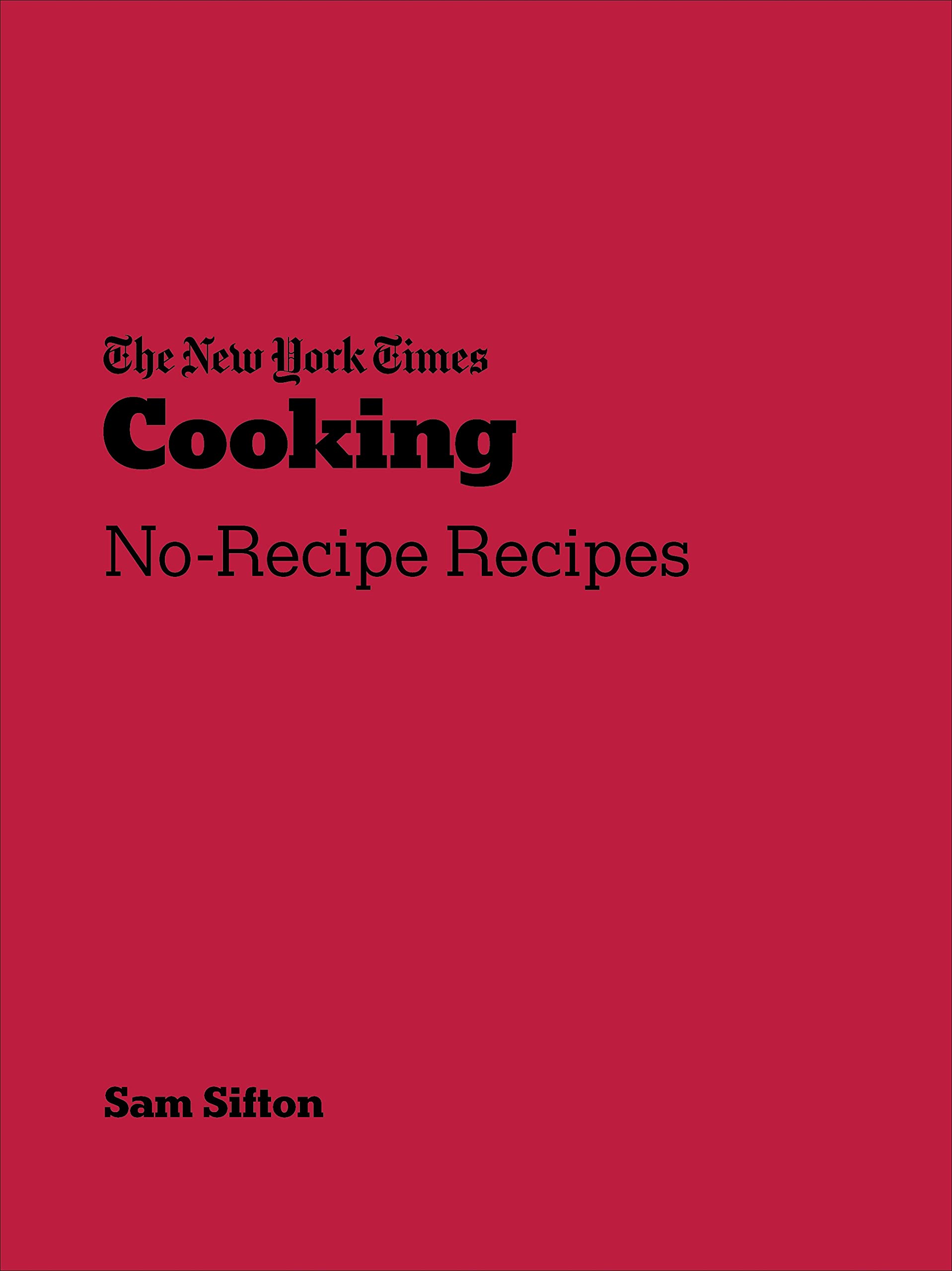





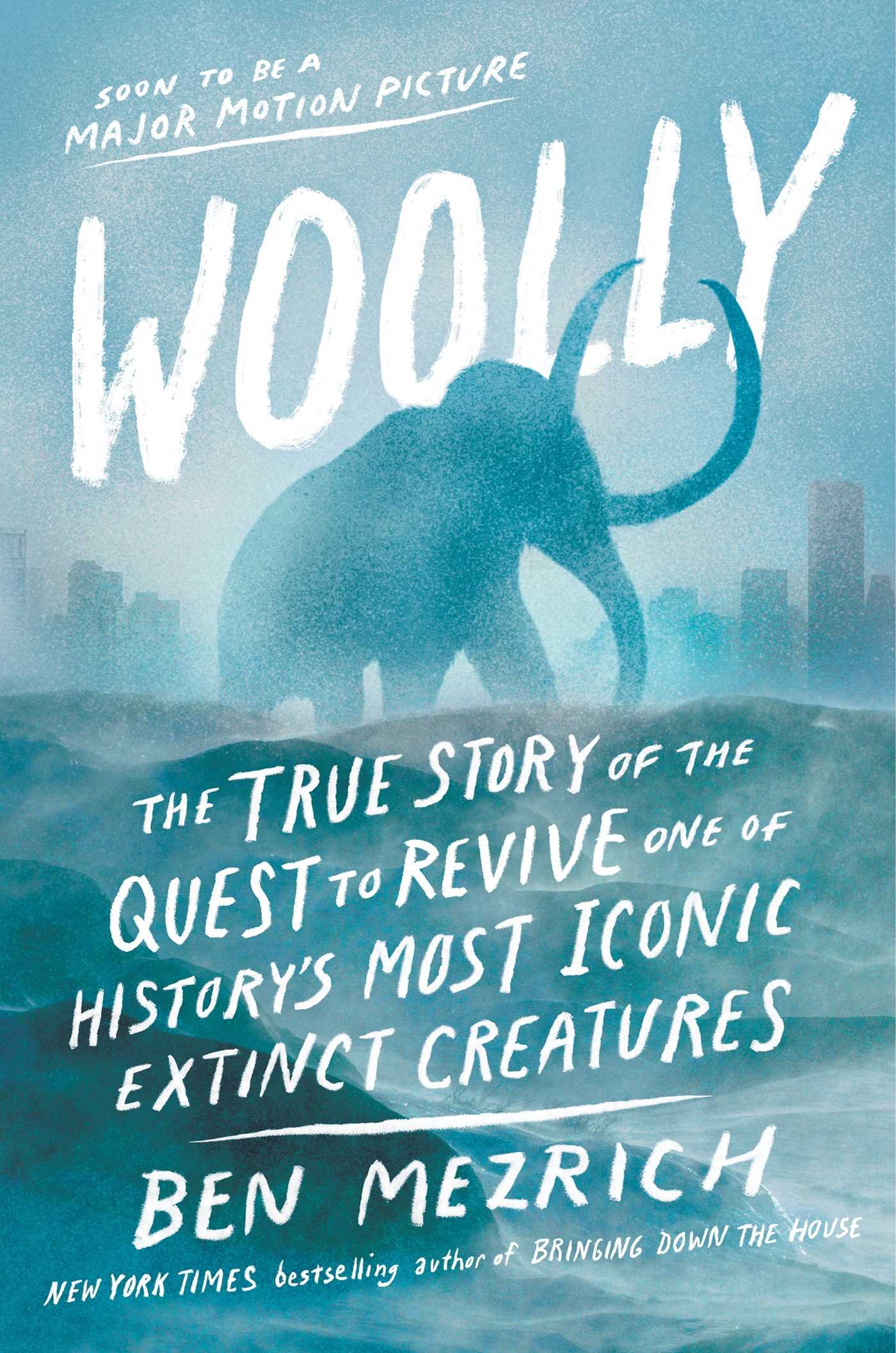




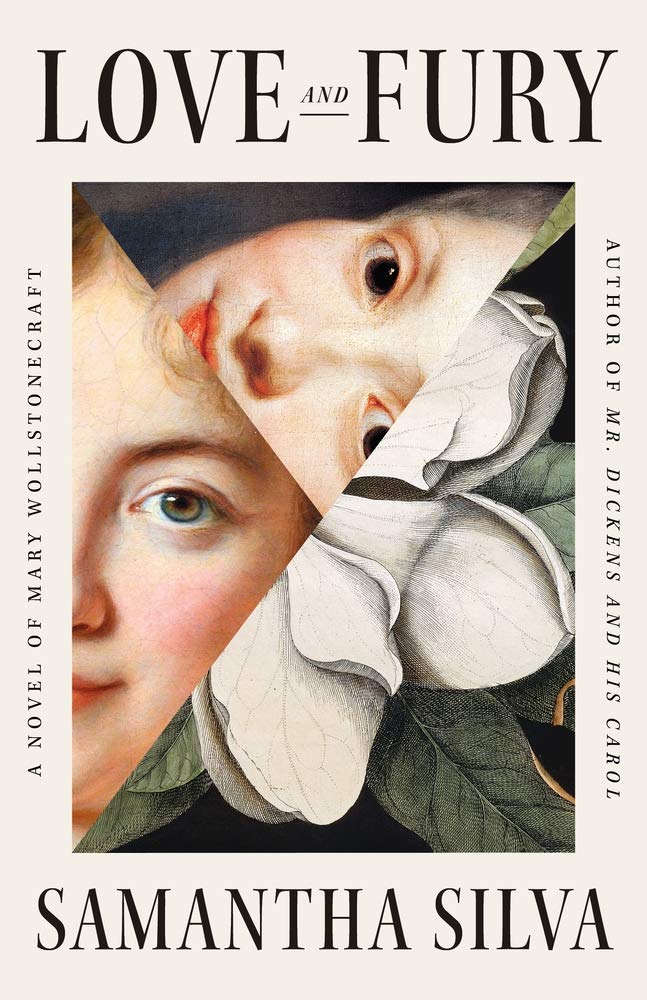
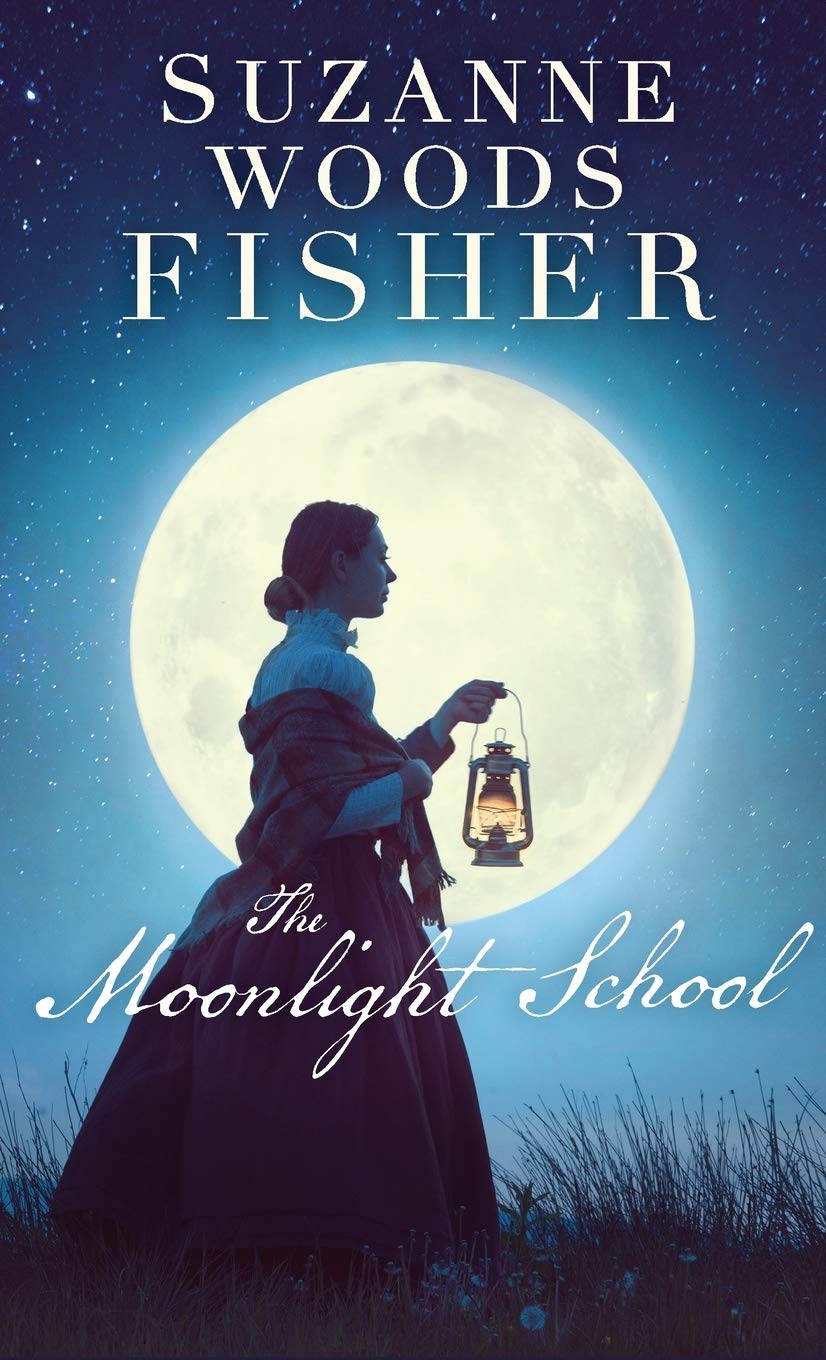
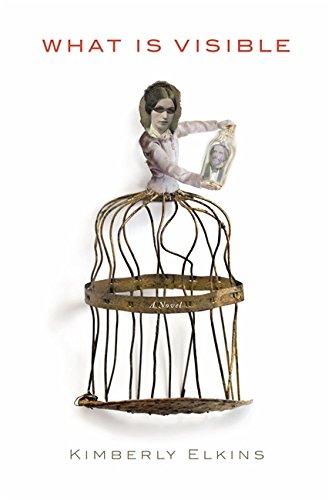

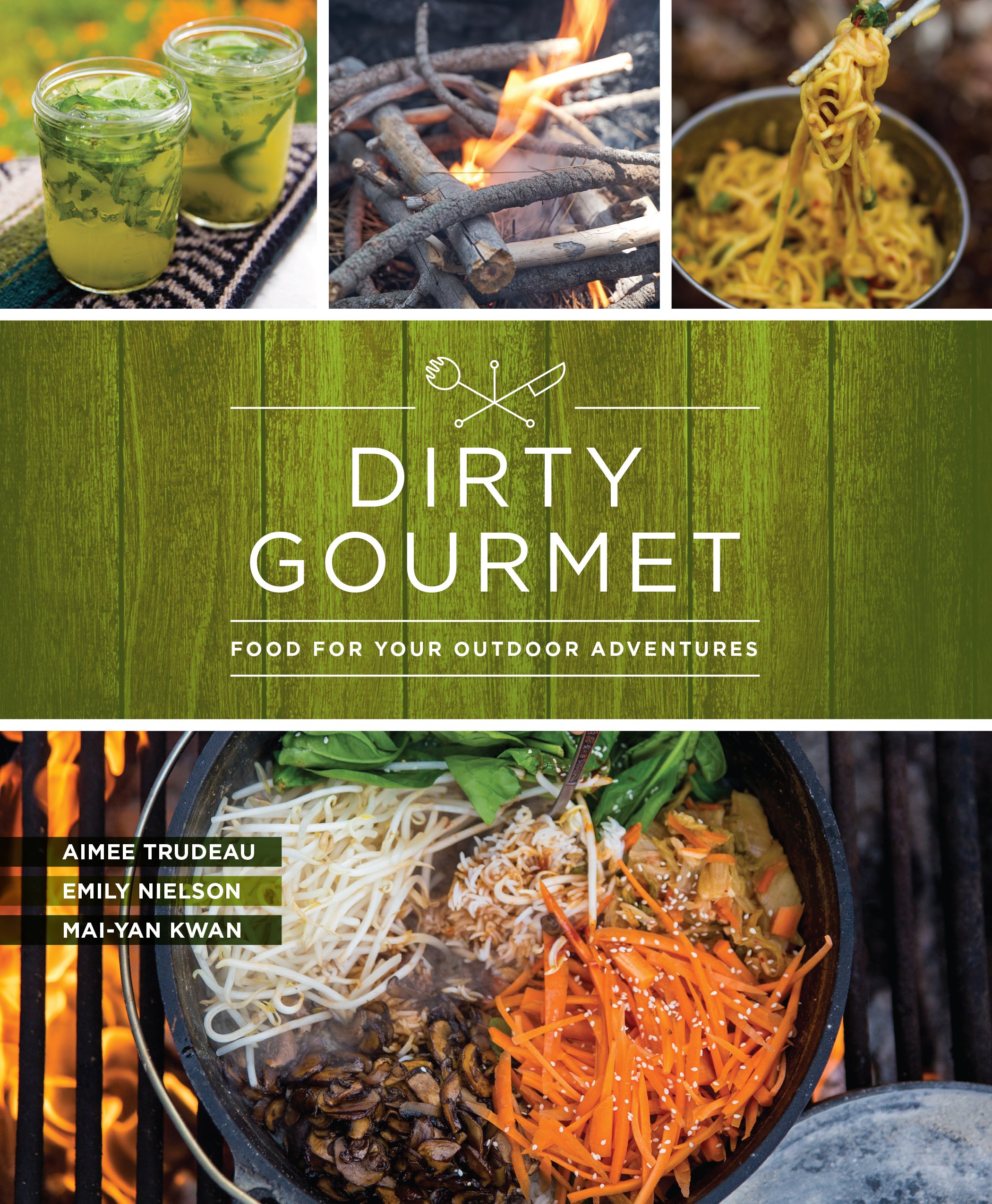
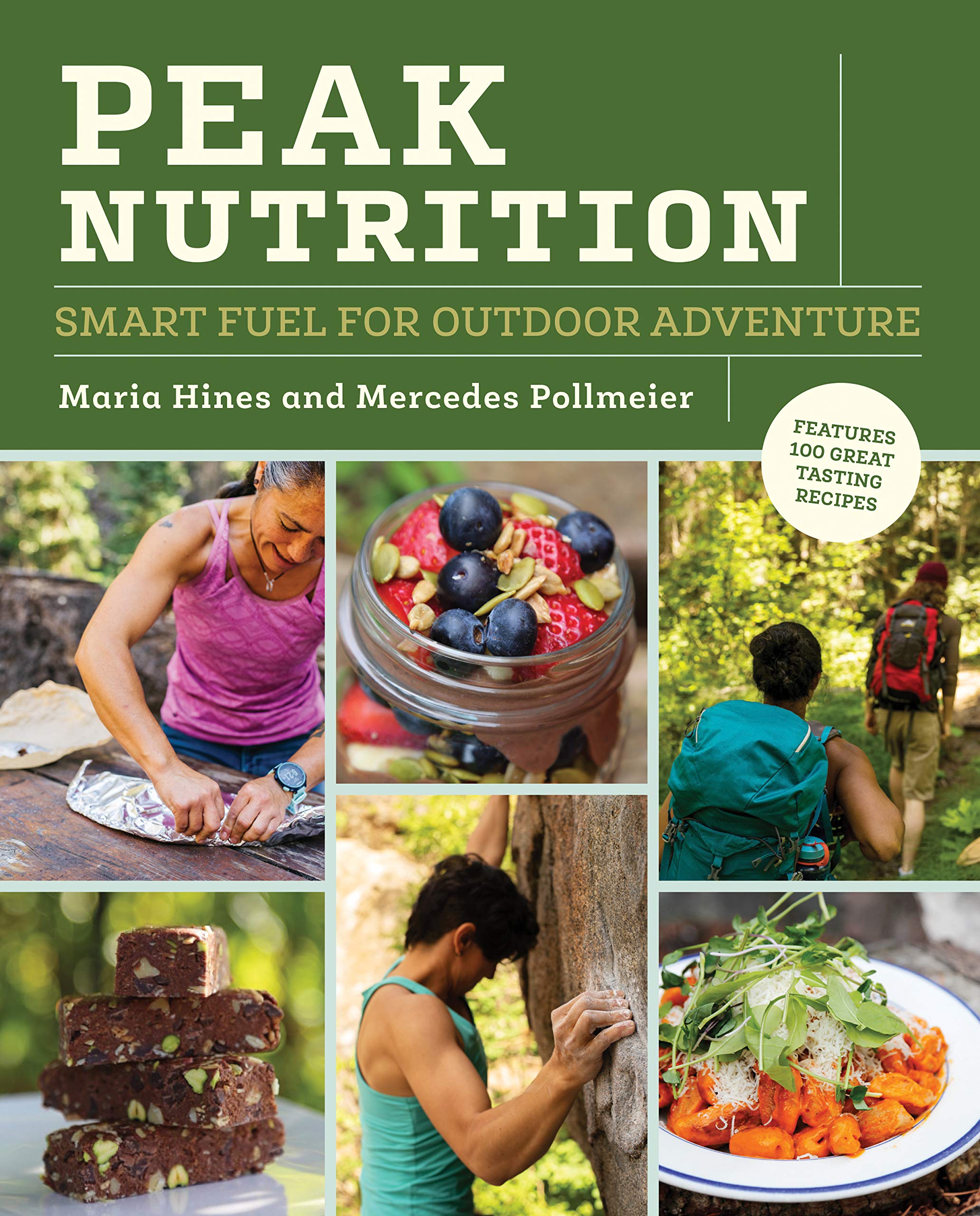

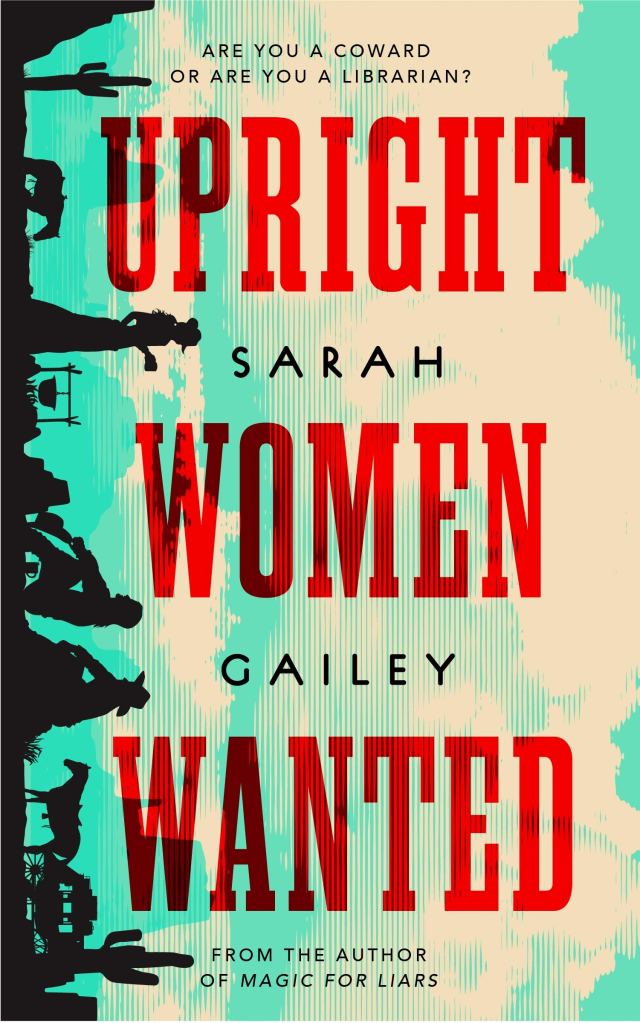
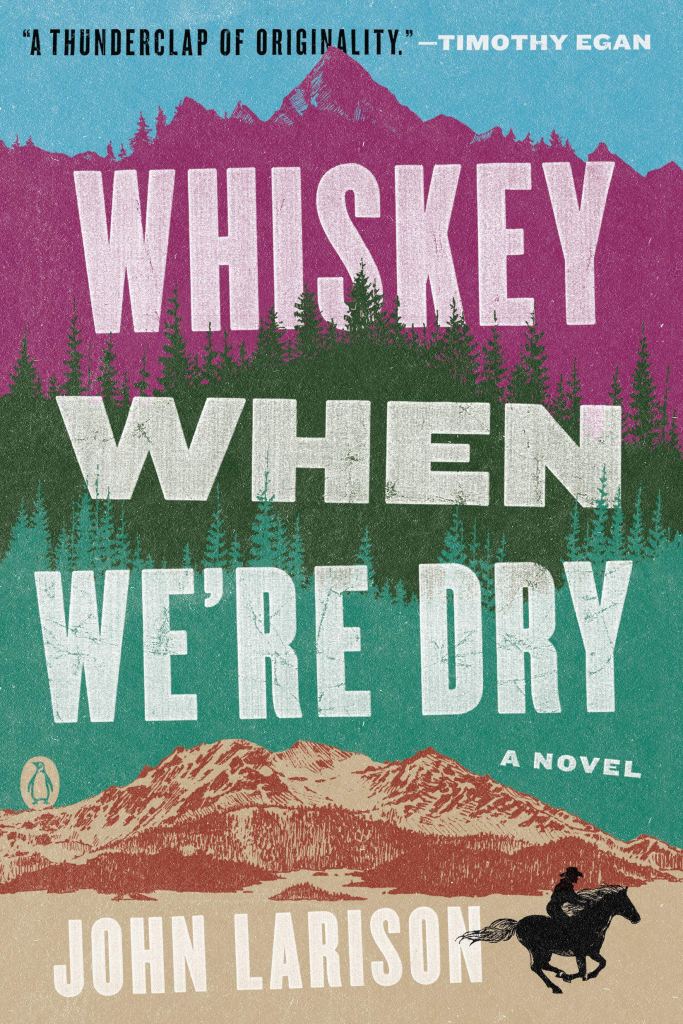
![A Duke by Default: Reluctant Royals by [Alyssa Cole]](https://m.media-amazon.com/images/I/51va5KTGY7L.jpg)
